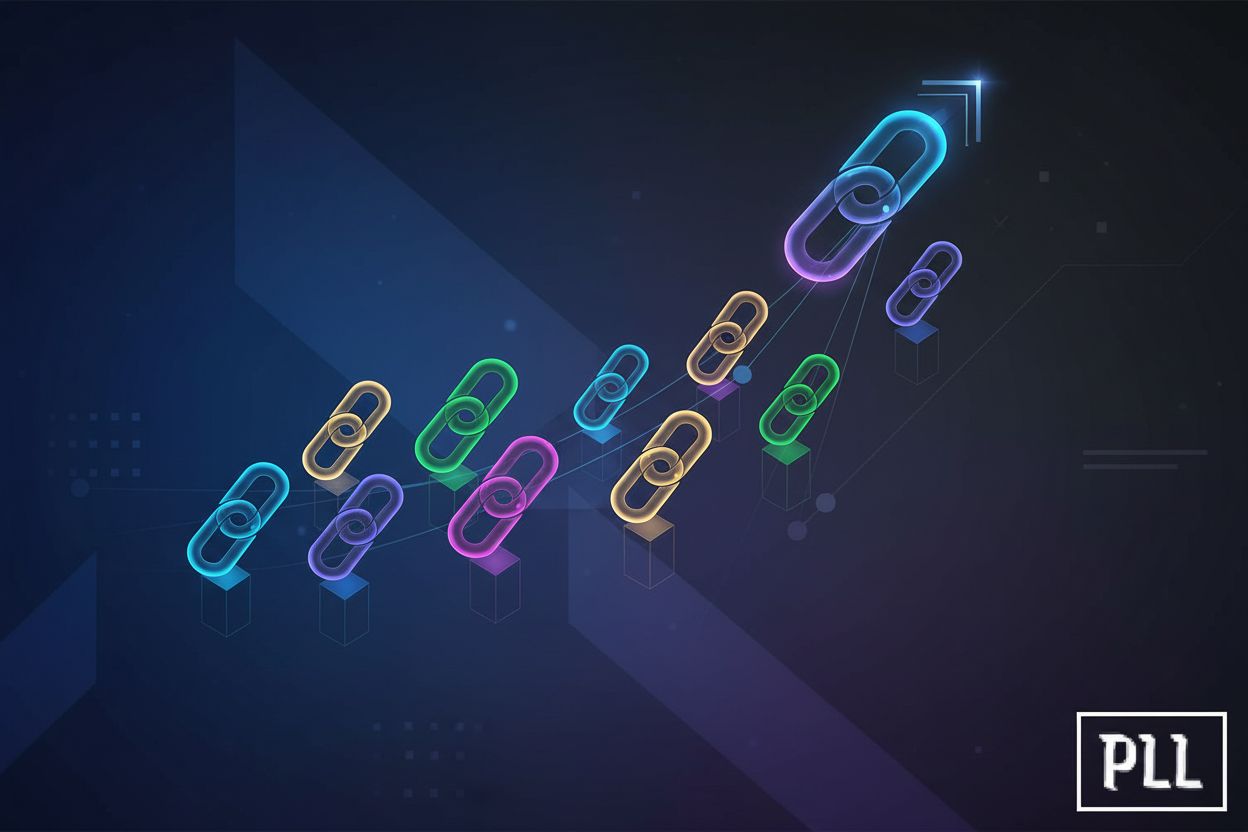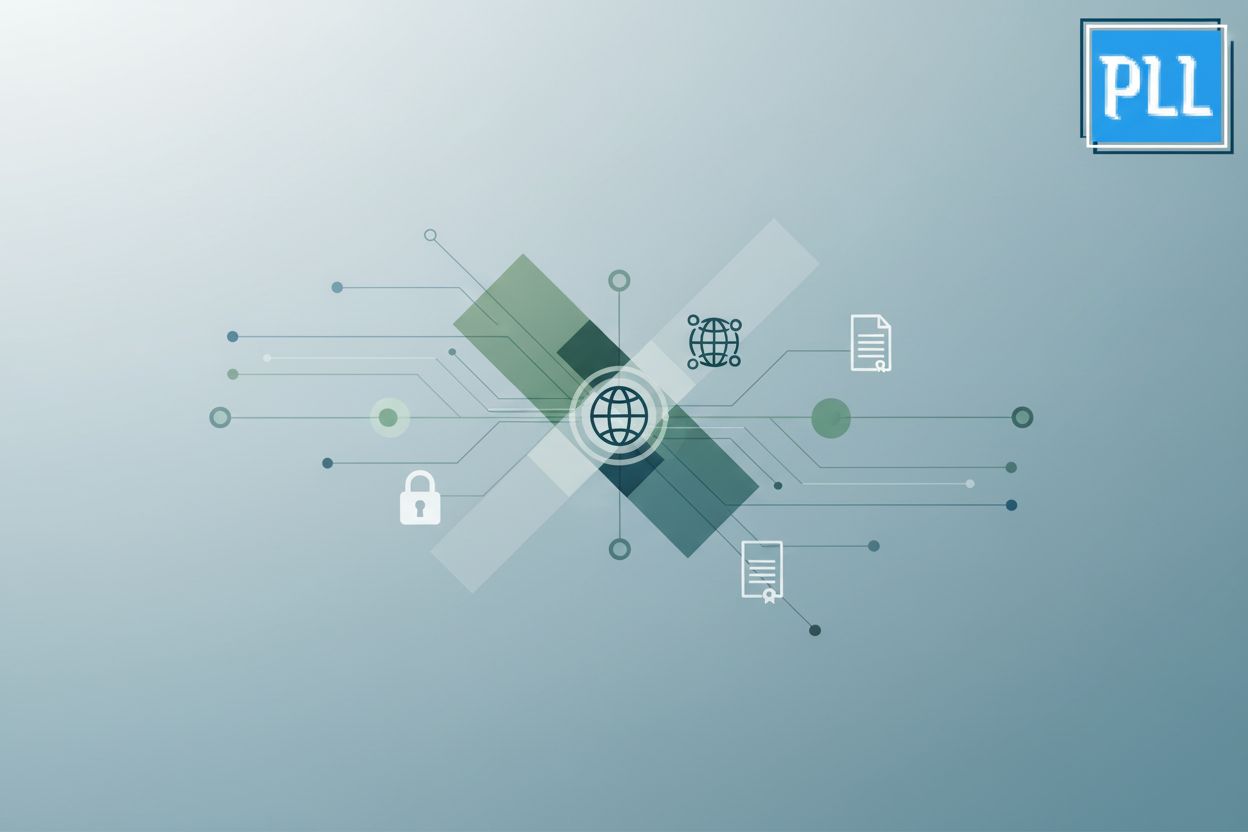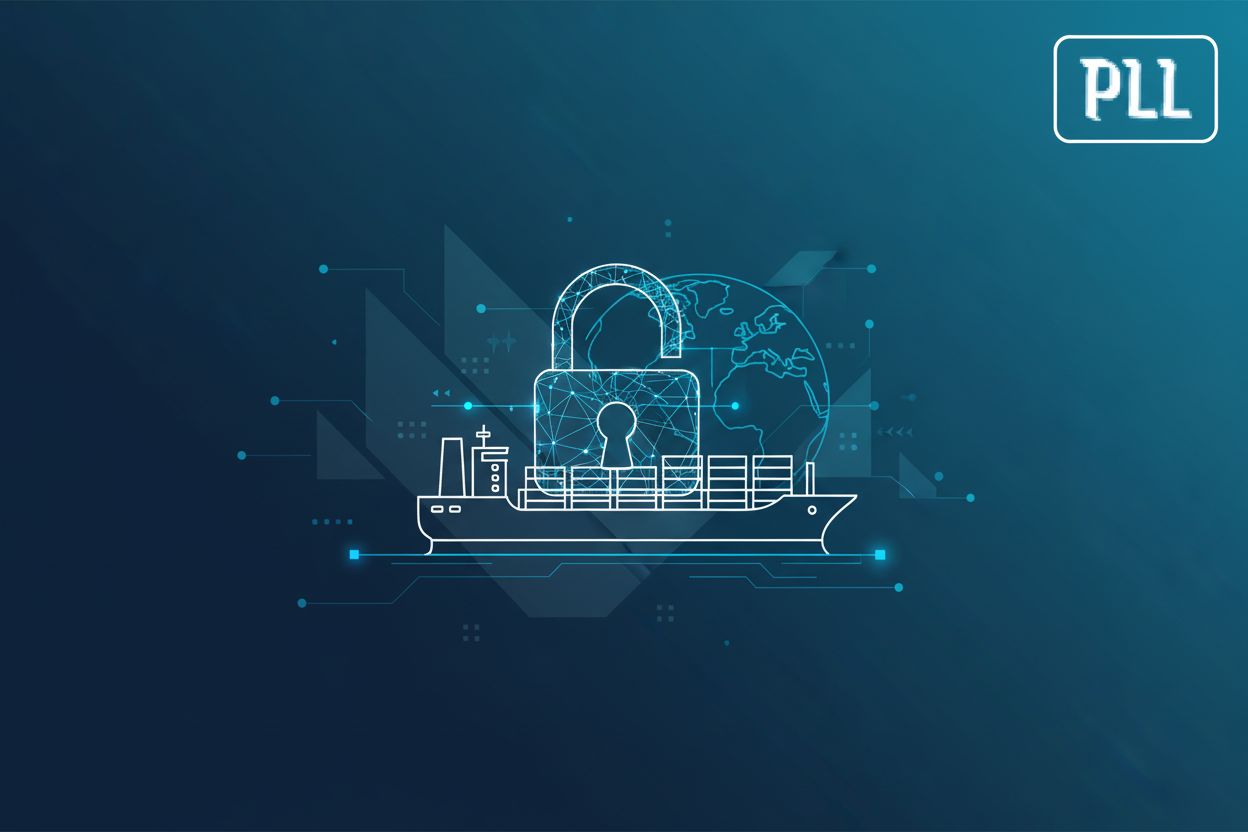Cost Considerations for Domain Management Services
TL;DR
Automate PDF Migration with AI: Enhance Your Workflows
Understanding the PDF Migration Challenge
Okay, let's dive into the PDF migration challenge. It's kinda like moving houses, but instead of furniture, you're wrangling documents – and trust me, it can be just as stressful, you know? This is especially true with older, scanned documents or those with really complex layouts.
- Converting PDFs manually? That's gonna eat up time like crazy and, let's be honest, errors will happen. (Unable to Convert a PDF to a PDF/A due to a few errors) A 'file conversion error' usually means the software couldn't properly translate the PDF's content or structure into the desired format. This can happen due to corrupted files, unsupported features within the PDF, or simply limitations of the conversion tool itself, leading to missing data or garbled output. Think typos, formatting gone wild, the whole shebang.
- Keeping your documents looking sharp during migration is another headache. Fonts go missing, layouts get jumbled – it's a mess, right?
- Don't even get me started on security and compliance. Making sure everything's locked down and following the rules just adds to the pile of problems.
- And, of course, different PDF versions playing nice? Nope. Incompatibility issues are par for the course, trust me, it is a pain.
Given these significant challenges, it's no surprise that organizations are looking for more efficient and reliable solutions. This is where Artificial Intelligence (AI) steps in, offering a powerful way to tackle these PDF migration hurdles.
How AI is Revolutionizing PDF Migration
Okay, so you're thinking about letting ai handle your pdf migrations? It's not sci-fi anymore; it's actually happening.
ai is seriously changing the game, and it's way more than just "making things easier." It's about accuracy, speed, and, honestly, making your life less of a headache. Think about it, manually converting pdfs is like trying to herd cats–errors are inevitable, and time just vanishes.
With ai, you're not just automating; you're optimizing. ai can accurately convert pdfs to various formats, like Word or Excel, by understanding the context of the text and layout, even in complex documents. This is possible because ai employs techniques like Natural Language Processing (NLP) to interpret the meaning and relationships between words, and computer vision to analyze the visual structure, identifying headings, tables, and other layout elements. (Convert PDFs to Excel Files with AI) It can also extract text from images using optical character recognition (OCR) and learn from patterns to improve its conversion accuracy over time. (What is OCR? - Optical Character Recognition Explained - AWS) Tools like those offered by Nitro Software leverage these capabilities to supercharge productivity by automating routine pdf tasks.
Now, let's get into some advanced ai techniques that really boost PDF document management.
Advanced AI Techniques for PDF Document Management
Okay, so ai can do more than just the basics, right? Let's get into some fancy stuff that really helps with migration too.
- ai-Driven Classification: Think automatically sorting documents like contracts, invoices, you know? ai can analyze the content and assign categories, making it easier to manage and migrate them.
- Smart Tagging: ai figures out what's in the doc and tags it. This means it can automatically identify key information like dates, names, or product details, enriching your metadata.
- Metadata Enhancement: This is where metadata gets a glow-up. ai can automatically extract, validate, and enrich metadata, ensuring you are following specific rules and making your migrated documents much more searchable and organized. This is super helpful for compliance and data governance.
These advanced techniques, by enabling more intelligent document processing, directly translate into significant benefits for your organization.
Key Benefits of Automating PDF Migration with AI
Okay, so you're probably wondering how automating pdf migration with ai can really help, right? Well, let's get into the nitty-gritty.
- Time Savings: ai can seriously cut down the time it takes to migrate those PDFs. Instead of manually converting everything, ai does it for you, freeing up your time for stuff that actually needs a human brain.
- Reduced Errors: You know how easy it is to make mistakes when you're doing repetitive tasks, right? ai doesn't get tired or distracted... it just keeps chugging along, converting those files with WAY fewer errors.
- Resource Optimization: Think about all the people you have messing with pdfs. With ai handling the migration, you can move them to other projects where they can, ya know, actually use their skills.
Imagine a hospital migrating patient records. ai could automatically extract specific patient data fields like names, dates of birth, and diagnoses from unstructured PDFs, making them searchable and usable in a new database. This goes beyond simple conversion, enabling intelligent data utilization. Similarly, in retail, ai could extract detailed product data, such as SKUs, descriptions, and pricing, from old catalogs, making it easier to update online stores. It's about making things smoother so you can focus on what matters.
Now, let's talk about implementing this ai-driven migration.
Implementing AI-Driven PDF Migration: A Step-by-Step Guide
Alright, so you're ready to jump into the deep end with ai-driven pdf migration? It might sound daunting, but trust me, breaking it down into steps makes it way more manageable. It's like learning to ride a bike; a little wobbly at first, but then you're cruisin'…
Step 1: Know Thyself (and Thy PDFs). Start by taking stock of your current situation, you know? What kind of pdfs are you dealing with? Are they mostly text, images, or a mix? What formats do you need them in down the line? Think about what you are converting them into like Word or Excel. Also consider other structured data formats like JSON or XML, or even direct ingestion into databases. And hey, don't forget about security and compliance requirements!
Step 2: Pick Your ai Power-Ups. Not all ai tools are created equal, obviously. Do your homework and compare different ai-based migration solutions. Look for features like ocr (optical character recognition), format conversion, and security options. And- make sure it plays nice with the systems you already have! To assess compatibility, check for available api integrations, review vendor documentation for system requirements, and consider pilot testing the solution with your existing infrastructure.
Step 3: Migrate (But Don't Disrupt). Nobody wants a complete system meltdown, right? Plan your migration in phases to minimize disruption. Use batch processing for those massive document dumps – this is beneficial because it handles large volumes efficiently, reducing manual oversight and saving time. Keep an eye on things as they go and nip any problems in the bud.
Once you've migrated, double-check that everything's still in order. Did all the data make it over? Is the formatting still on point? You can use data validation scripts, employ sampling techniques to compare source and target documents, or even leverage ai itself to identify discrepancies. Train your staff on the new ai-powered processes. This will improve the document management workflow. And keep monitoring things to make sure you're getting peak efficiency, ya know?
So, that's the basic roadmap. As you implement these AI-driven migration strategies, ensuring the security and integrity of your data throughout the process is paramount.
Keeping Your Data Safe and Sound During AI PDF Migration
When you're migrating documents with ai, keeping your data secure is super important. You don't want any sensitive info getting out there, right?
- Encryption is Key: Make sure the ai tools you use encrypt your data both in transit and at rest. This means your files are scrambled and unreadable to anyone who shouldn't see them.
- Access Controls: Implement strong access controls so only authorized personnel can access the migration tools and the data itself. Think user roles and permissions.
- Compliance Matters: Depending on your industry, you might have specific compliance regulations to follow, like GDPR or HIPAA. Choose ai solutions that help you meet these requirements and ensure your data handling is above board.
- Regular Audits: Keep an eye on who's accessing what. Regular audits can help catch any suspicious activity and ensure your security measures are working as intended.
By focusing on these security aspects, you can migrate your PDFs with confidence, knowing your data is protected.
Real-World Examples of Successful AI PDF Migration
Alright, let's wrap this up with some real-world wins. You know, seeing how this ai pdf migration stuff actually plays out in the wild – that's what really gets the gears turning.
- Consider healthcare providers migrating vast quantities of patient records. ai can automate the extraction of specific data fields from scanned PDFs, such as patient names, medical histories, and treatment dates, and then populate them into a structured electronic health record (EHR) system. This dramatically reduces manual data entry errors and speeds up record retrieval times, allowing medical staff to focus more on patient care.
- In the financial sector, where compliance is king, ai can automate the migration of regulatory documents. For instance, it can identify and extract key clauses from financial reports or contracts, ensuring they meet specific compliance standards and are easily searchable for audits. This helps avoid the costly repercussions of non-compliance.
- Retailers are also leveraging ai to migrate product catalogs. ai can extract product details, images, and pricing from legacy PDF catalogs and automatically update e-commerce platforms, ensuring product information is current and consistent across all sales channels.
It's about more than just tech, it's about making real improvements to workflows. It's about making life easier, right?





